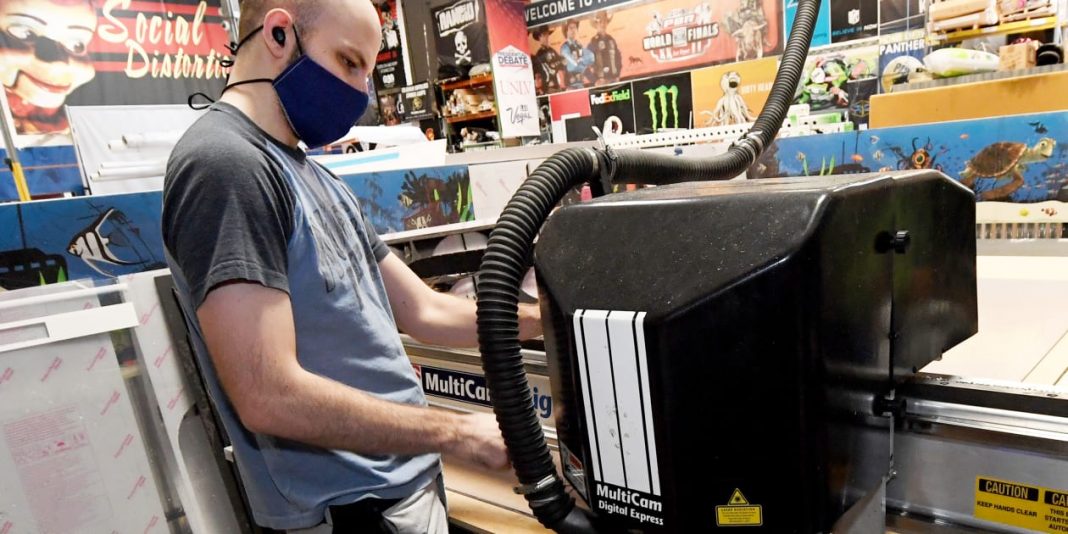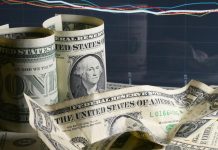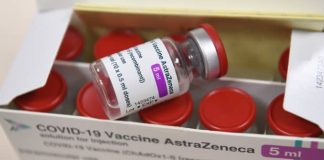KEY POINTS
- The U.S. economy plunged at a record rate in the spring but is poised to swing to a record increase in the quarter that just ended.
- U.S. gross domestic product, the economy’s total output of goods and services, fell at a rate of 31.4% in the April-June quarter, only slightly changed from the 31.7% drop estimated one month ago.
The U.S. economy plunged at a record rate in the spring but is poised to swing to a record increase in the quarter that is just ending.
The Commerce Department reported Wednesday that the gross domestic product, the economy’s total output of goods and services, fell at a rate of 31.4% in the April-June quarter, only slightly changed from the 31.7% drop estimated one month ago.
The new report, the government’s last look at the second quarter, showed a decline that was more than three times larger than the previous record-holder, a fall of 10% in the first quarter of 1958 when Dwight Eisenhower was president.
Economists believe the economy will expand at an annual rate of 30% in the current quarter as businesses have re-opened and millions of people have gone back to work. That would shatter the old record for a quarterly GDP increase, a 16.7% surge in the first quarter of 1950 when Harry Truman was president.
The government will not release its July-September GDP report until Oct. 29, just five days before the presidential election.
While President Donald Trump is counting on an economic rebound to convince voters to give him a second term, economists said any such bounce back this year is a longshot.
Economists are forecasting that growth will slow significantly in the final three months of this year to a rate of around 4% and could actually topple back into a recession if Congress fails to pass another stimulus measure or if there is a resurgence of Covid-19. There are upticks in infections occurring right now in some regions of the country, including New York.
“There are a lot of potential pitfalls out there,” said Gus Faucher, chief economist at PNC Financial Services. “We are still dealing with a number of significant reductions because of the pandemic.”
He said in addition to the possibility that Congress will not pass further stimulus support because of the sharp split between Democrats and Republicans over how much more is needed, there are other threats in the form of uncertainty over the upcoming election.
“All this political uncertainty has the potential to weigh on economic growth,” Faucher said.
The Trump administration says that solid growth in the coming quarters will restore all of the output lost by the pandemic.
So far this year, the economy fell at a 5% rate in the first quarter, signaling an end to a nearly 11-year-long economic expansion, the longest in U.S. history. That drop was followed by the second-quarter decline of 31.4%, which was initially estimated two months ago as a drop of 32.9%, and then revised to 31.7% last month.
The slight upward revision in this report reflected less of a plunge in consumer spending than had been estimated. It was still a record fall at a rate of 33.2%, but last month’s projections were for a decline of 34.1%. This improvement was offset somewhat by downward revisions to exports and to business investment.




























